Best Practices Articles

Maximizing ROI and Cost Savings: Unleashing the Potential of Partner Incentives Management
Organizations increasingly rely on effective partner management to drive revenue growth and gain a competitive edge in the ever-evolving business landscape. One critical aspect of successful partner management is the implementation of robust incentive programs. This article explores the importance of optimizing partner incentives management to maximize return on investment (ROI), reduce costs associated with wasted programs, and unlock the full potential of the partner ecosystem.
Types of Partner Incentives
Partner incentives encompass diverse offerings strategically designed to align with specific business objectives. These incentives are powerful motivators for partners, empowering them to drive sales, enhance brand visibility, and foster stronger customer relationships. Partner incentives include financial rewards, product or service discounts, co-marketing campaigns, and market development funds (MDF).
- Financial rewards act as a direct incentive to partners, incentivizing them to achieve specific sales targets or other predetermined objectives. Monetary compensation based on performance encourages partners to promote and sell their products or services actively. Partners benefit from increased earnings while organizations experience sales and market share growth.
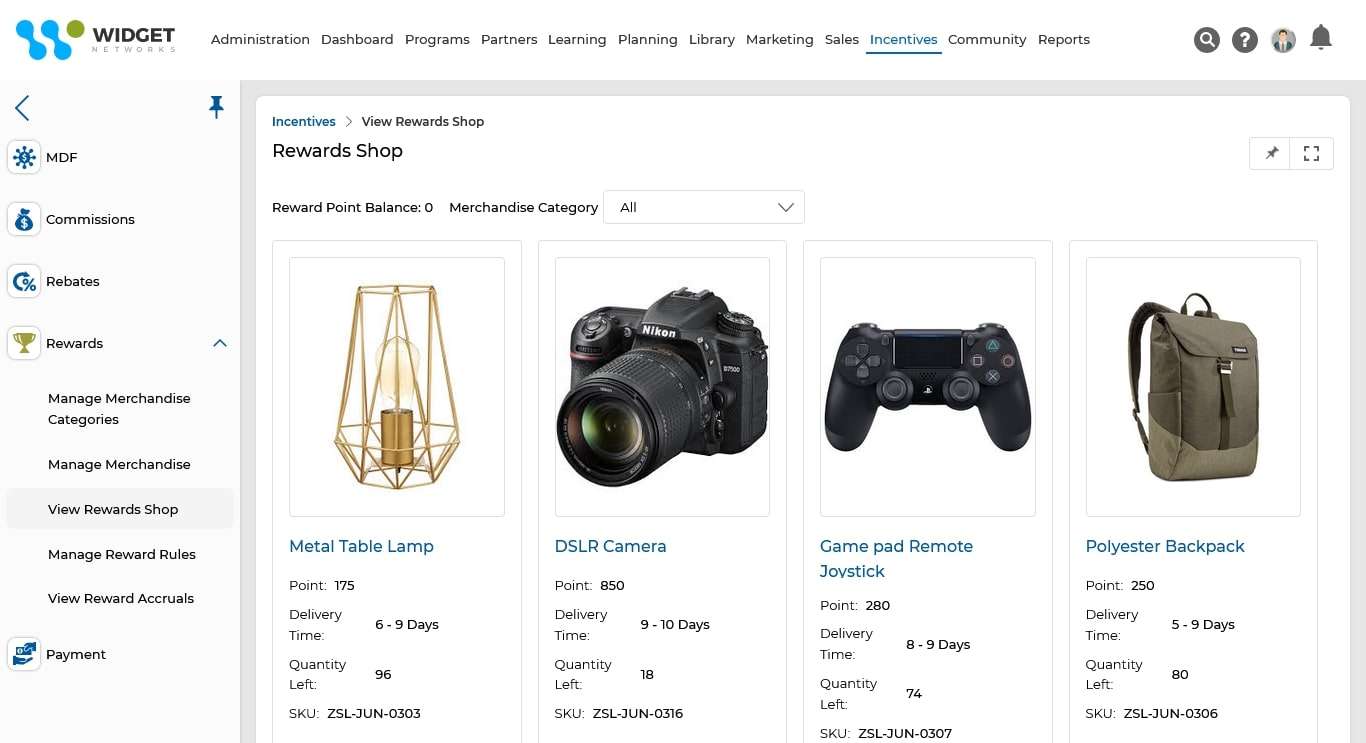
- Product or service discounts are another popular form of partner incentives management, motivating partners to prioritize promoting and selling specific products or services. Discounts often help partners secure more sales, allowing organizations to expand their customer base and improve overall revenue.
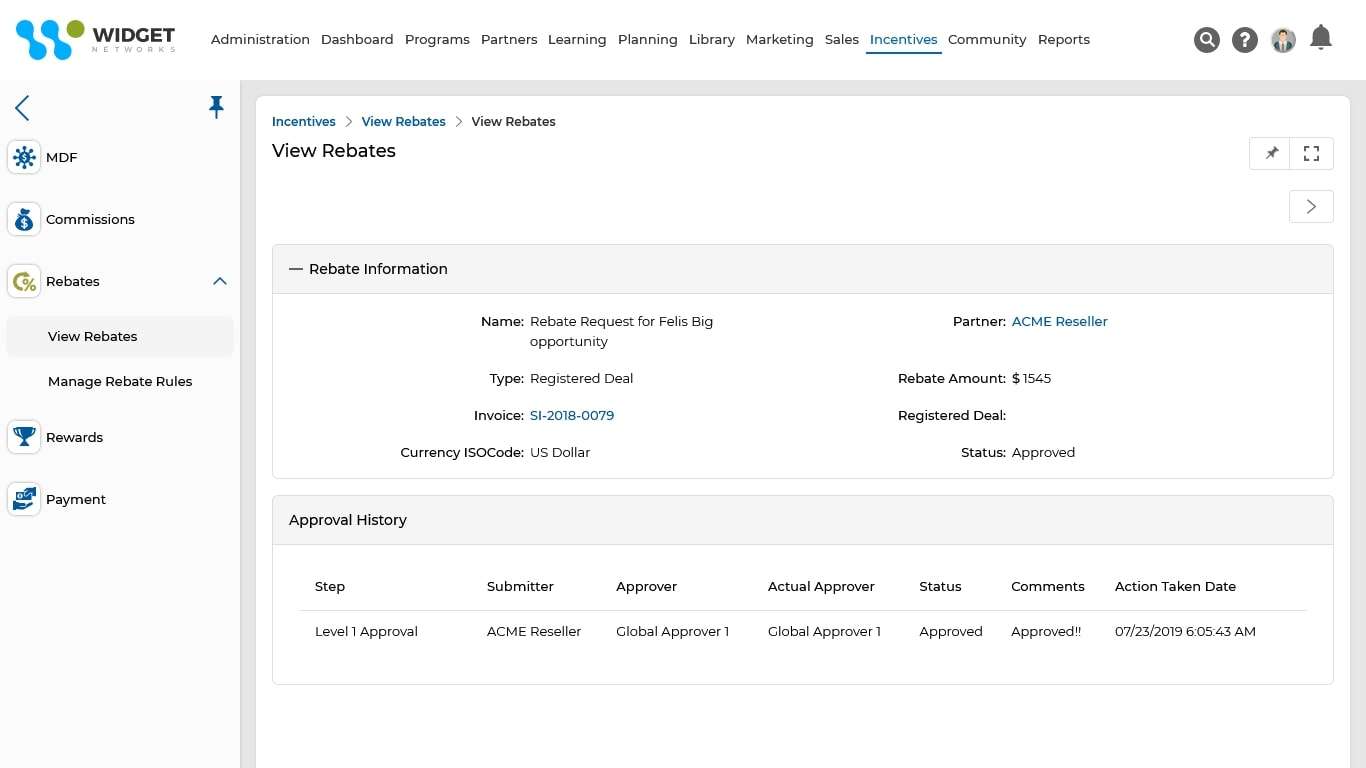
- Co-marketing campaigns involve collaborative efforts between organizations and their partners to promote products or services jointly. By pooling resources, sharing marketing materials, and implementing joint advertising initiatives, partners gain access to a broader audience while organizations benefit from increased brand exposure. Co-marketing campaigns effectively leverage the strengths and capabilities of both parties, resulting in a mutually beneficial relationship and amplified marketing impact.
- Market development funds (MDF) funds organizations allocate to enable partners to execute marketing and promotional activities. These funds provide partners with the financial resources to develop and implement marketing strategies tailored to their respective markets. MDF helps organizations ensure consistent brand messaging, increased market presence, and improved customer engagement.
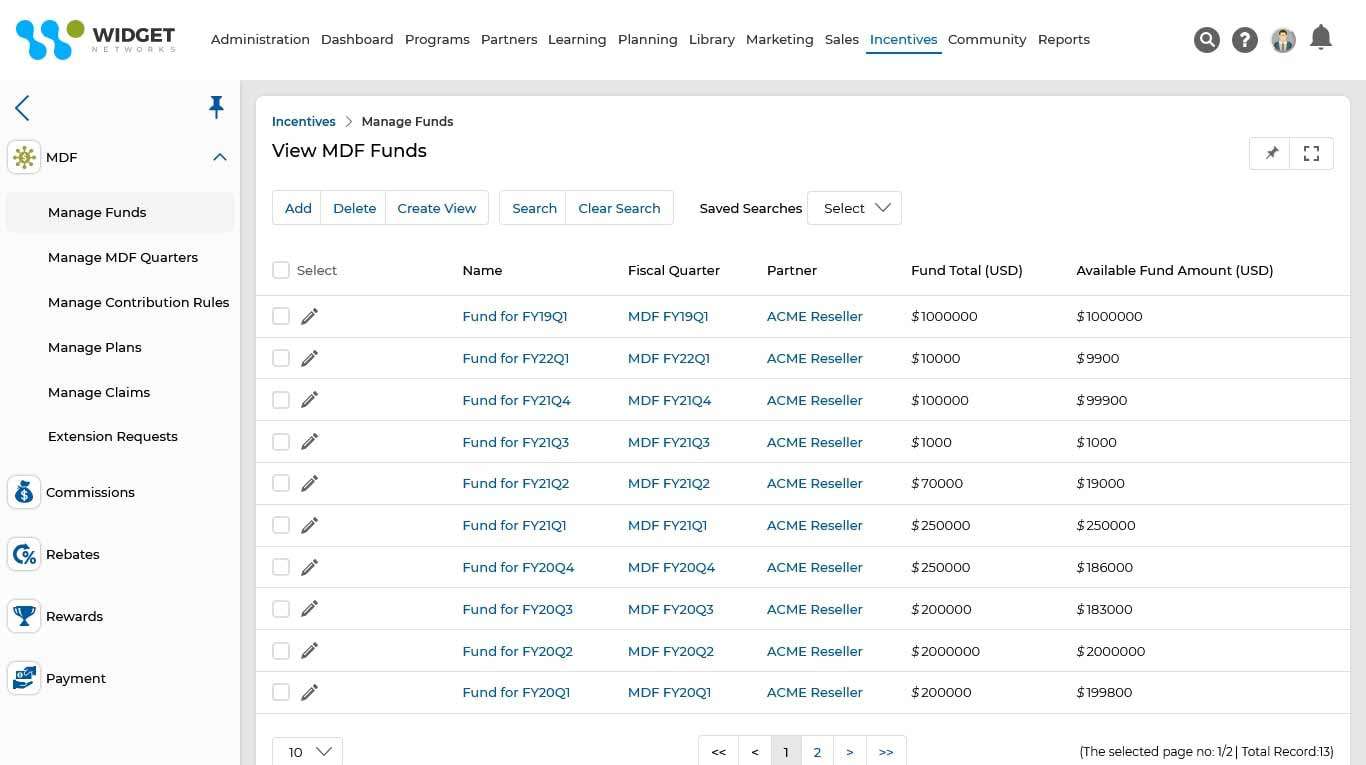
These partner incentive management programs collectively serve as indispensable tools for success in the business landscape. They create a mutually beneficial partnership dynamic where partners are motivated to invest their efforts in promoting and selling the organization’s offerings. In contrast, organizations gain increased market reach, brand visibility, and customer loyalty. By aligning these incentives with specific business objectives, organizations can drive their partners towards achieving shared goals, resulting in sustained growth and competitive advantage.
The Challenge of Wasted Programs and Cost Inefficiencies
Despite significant investments in partner incentives management programs, organizations often find that a substantial portion of these resources must be used or generate the desired results. This can be attributed to various factors:
- One of the primary reasons for the underutilization of partner incentives resources is inefficient program utilization. Partners need to be made aware of the incentives available to them; they also need clarity on how to access and utilize these resources effectively. Otherwise, they may not take full advantage of the incentives or fail to use them to maximize their impact. In some cases, partners may also face administrative burdens or complexity in accessing and utilizing the incentives, leading to decreased motivation and participation.
- Misalignment of objectives between the organization and its partners is another common issue contributing to partner incentive management programs' inefficiency. Creating a mutually beneficial partnership becomes challenging when the organization's and the partners' goals are not adequately aligned. Misalignment can occur regarding target markets, product positioning, or even the desired outcomes of the incentives program. For example, suppose the organization aims to increase market share in a specific region while the partners focus on different markets. In that case, the incentives are not likely to effectively drive the desired results.
- A lack of strategic execution also hampers the effectiveness of partner incentives management programs. Without a well-defined strategy and execution plan, organizations may struggle to communicate the incentives effectively to their partners, leading to confusion and reduced engagement. The absence of a straightforward method for tracking and measuring the impact of the incentives also makes it difficult to assess their effectiveness and make informed decisions for program optimization.
These inefficiencies in partner incentives management programs translate into wasted opportunities and unnecessary costs. Unused incentives represent the untapped potential to motivate partners, drive sales, and achieve business objectives. The costs associated with designing, implementing, and managing the incentives program become harder to justify when the program fails to deliver the expected results. Organizations may also incur additional costs in addressing the administrative challenges or revising the program to align with partner needs, further adding to the overall inefficiency.
To address these challenges, organizations must prioritize optimizing partner incentives management programs, streamlining program utilization by improving communication, simplifying processes, and removing administrative barriers. Aligning objectives with partners requires a collaborative approach involving regular contact, setting clear expectations, and working together to define shared goals. Finally, strategic execution entails developing a well-defined plan, establishing mechanisms for tracking and measuring the program’s impact, and making data-driven adjustments to drive continuous improvement.
Aligning CMO Objectives with Partner Capabilities
In marketing, chief marketing officer (CMO) objectives often revolve around two primary goals: increasing brand awareness and generating leads. These objectives form the foundation of a company‘s marketing strategy, aiming to expand its market reach, attract potential customers, and drive revenue. However, while CMOs focus on these objectives, it is essential to recognize that partners, who play a vital role in promoting and selling the company‘s products or services, may encounter challenges in consistently marketing their offerings and driving demand.
Whether resellers, distributors, or affiliates, partners are an extension of the company‘s sales and marketing force. They possess a unique understanding of their local markets and customer preferences and have established relationships with potential buyers. However, partners often face limitations regarding marketing resources, expertise, and the ability to execute consistent marketing efforts.
Fostering a symbiotic relationship that drives mutual success is crucial to optimize results and bridging the gap between CMO objectives and partner capabilities. This entails deeply understanding partners’ strengths, weaknesses, and marketing challenges. The goal is to carefully align CMO objectives with partner capabilities so organizations can create a supportive ecosystem where partners receive the necessary guidance, resources, and training to market the company’s offerings effectively.
One specific way to address the gap between CMO objectives and partner capabilities is to provide partners with comprehensive marketing support. This may involve providing partners with marketing collateral, co-branded materials, and access to marketing automation tools, thus empowering partners to effectively communicate the value proposition of the products or services to their target audience. It also ensures consistent brand messaging and customer experience across different markets.
Organizations can also facilitate knowledge transfer and skill-building initiatives to strengthen partners' marketing proficiency through training programs, workshops, and certifications tailored to each partner’s needs. By investing in partner competency development, organizations enable partners to enhance their marketing skills, adopt best practices, and effectively execute marketing campaigns. This, in turn, results in improved brand visibility, lead generation, and increased sales for both the partners and the organization.
In addition to providing support and training, organizations should establish clear communication channels and foster collaborative relationships with partners. Regular meetings, feedback sessions, and joint planning sessions allow for exchanging insights, challenges, and ideas. This collaboration ensures that partners feel valued, supported, and aligned with the organization‘s marketing objectives. It also enables the organization to understand better the unique market dynamics and customer preferences in different regions.
By bridging the gap between CMO objectives and partner capabilities, organizations can create a win-win situation where both parties thrive. Partners benefit from enhanced marketing capabilities, resource access, and a stronger competitive position in their respective markets. Organizations achieve their marketing goals by leveraging partners' local expertise, customer relationships, and market insights.
The Power of Long-Tail Marketing
In a vast marketplace, only a tiny fraction of potential buyers actively search for products or services at any moment. This creates a challenge for organizations seeking to reach and engage with their target audience. However, it is in this context that the significance of long-tail marketing emerges as a vital strategy.
Long-tail marketing is an approach that focuses on targeting niche audiences and leveraging search marketing techniques to tap into a vast pool of potential customers throughout the various stages of their buyer‘s journey. Rather than focusing on capturing the attention of a small percentage of buyers in the immediate purchasing phase, long-tail marketing aims to capture the interest and loyalty of those buyers in earlier stages, ultimately optimizing reach and conversion rates.
By targeting niche audiences, organizations can identify specific segments of potential customers with unique needs, preferences, or interests. These niche markets, though smaller in size compared to the broader consumer base, present valuable opportunities for organizations to tailor their marketing messages, products, or services to meet the specific requirements of these audiences. This highly targeted approach enables organizations to stand out from competitors and establish a deeper connection with potential customers who, in turn, may be more inclined to engage and convert.
Search marketing techniques are a fundamental part of long-tail marketing. Search engine optimization (SEO) and search engine marketing (SEM) strategies help companies optimize visibility and attract relevant traffic from search engine results pages (SERPs). Organizations that analyze the keywords, phrases, and search queries used by their target niche audience can create and optimize content that aligns with their needs and interests. This increases the chances of capturing the attention of potential customers who are actively seeking solutions or information related to the organization‘s offerings.
Long-tail marketing also recognizes that the buyer’s journey is not linear and that customers may enter the purchasing process at different stages. Organizations that cater to potential customers at various stages of their journey can engage with them early on, establish brand awareness and credibility, and nurture relationships over time. This proactive approach allows them to build trust, provide valuable content or resources, and remain top-of-mind as potential customers progress toward making a purchasing decision.
Optimization of reach and conversion rates is a crucial advantage of long-tail marketing. This often involves targeting niche audiences and creating tailored content to capture the attention and interest of potential customers who may have otherwise been overlooked in broader, less targeted marketing efforts. The result is a higher likelihood of engagement, conversion, and loyalty. This tactic also allows organizations to reduce their reliance on highly competitive, generic keywords or phrases, which often have higher costs and lower conversion rates.
Expanding beyond Lead Generation: Driving Competency Development
Effective partner incentives management encompasses more than just lead generation efforts. It also provides opportunities to motivate partners to develop higher levels of competency. Partner competency development is a strategic approach that goes beyond traditional incentive programs. It focuses on empowering partners with the knowledge, skills, and capabilities needed to excel in their roles.
Competent partners become more self-reliant and capable of executing marketing and sales strategies with greater confidence and accuracy, often resulting in improved lead generation, customer acquisition, and revenue growth. Organizations prioritizing partner competency development tend to foster long-term relationships based on mutual trust and collaboration. Partners who receive ongoing support and opportunities for professional growth tend to remain loyal and committed, driving sustainable development for both parties.
Organizations can invest in partner expertise through training programs, certifications, and skill-building initiatives to enhance performance and foster sustainable growth.
- Through training programs, organizations can provide partners with industry insights, detailed product knowledge, and best practices to enhance their understanding of the organization’s offerings and the market landscape. In turn, partners will be able to more effectively communicate the value proposition of the products or services to potential customers, thereby increasing their chances of success.
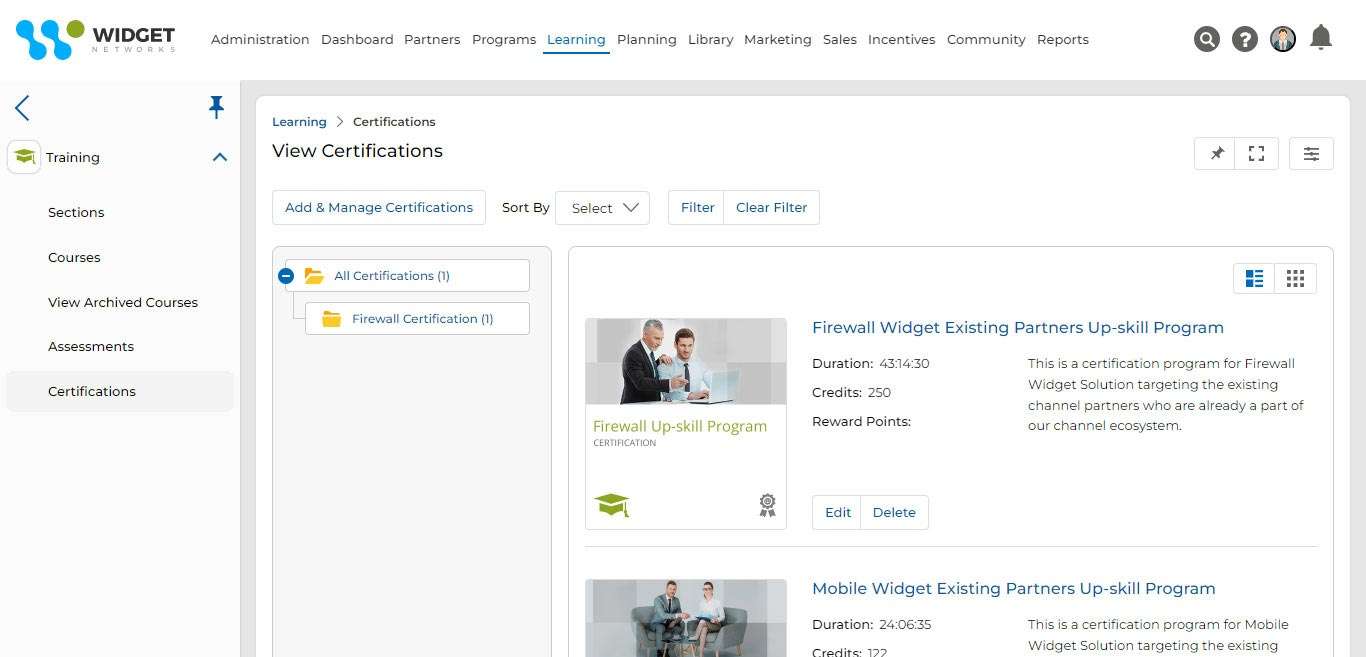
- Certification programs ensure partners possess the required expertise and meet specific quality standards. Certifications validate a partner’s skills and knowledge base, instilling confidence in potential customers and distinguishing the partners as trusted experts in their respective fields. This enhances the partner’s credibility and strengthens the organization’s brand reputation.
- Skills-building initiatives allow partners to enhance their abilities in specific areas relevant to their roles. These initiatives can include workshops, seminars, or mentoring programs focused on sales techniques, marketing strategies, customer relationship management, and technological advancements. Organizations invest in these initiatives to empower their partners to become more efficient, effective, and adaptable so they are better equipped to meet evolving market demands and drive better results.
In addition to solidifying the relationship between an organization and its partner base, partner competency development can also provide organizations with a competitive edge. Having a partner network of competent professionals that can effectively represent the organization’s brand and offerings strengthens its position in the market, enhances its value proposition, and sets it apart from competitors. Customers are likelier to choose a partner with proven expertise and capabilities, increasing market share and positively impacting the organization’s bottom line.
Tracking and Analytics for Enhanced Execution
Tracking and analyzing the effectiveness of partner incentives programs involves systematically collecting, monitoring, and evaluating data related to these programs. This often yields valuable insights into the impact and outcomes of their partner incentives management initiatives and helps organizations make informed decisions to optimize resource allocation and minimize waste.
The first step in tracking and analyzing partner incentive programs' effectiveness is establishing clear goals and key performance indicators (KPIs). These KPIs should align with the organization’s overall objectives and provide measurable targets for evaluating the success of the programs. Examples of KPIs for partner incentives management programs include the number of new partners recruited, sales revenue generated by partners, and customer satisfaction ratings.
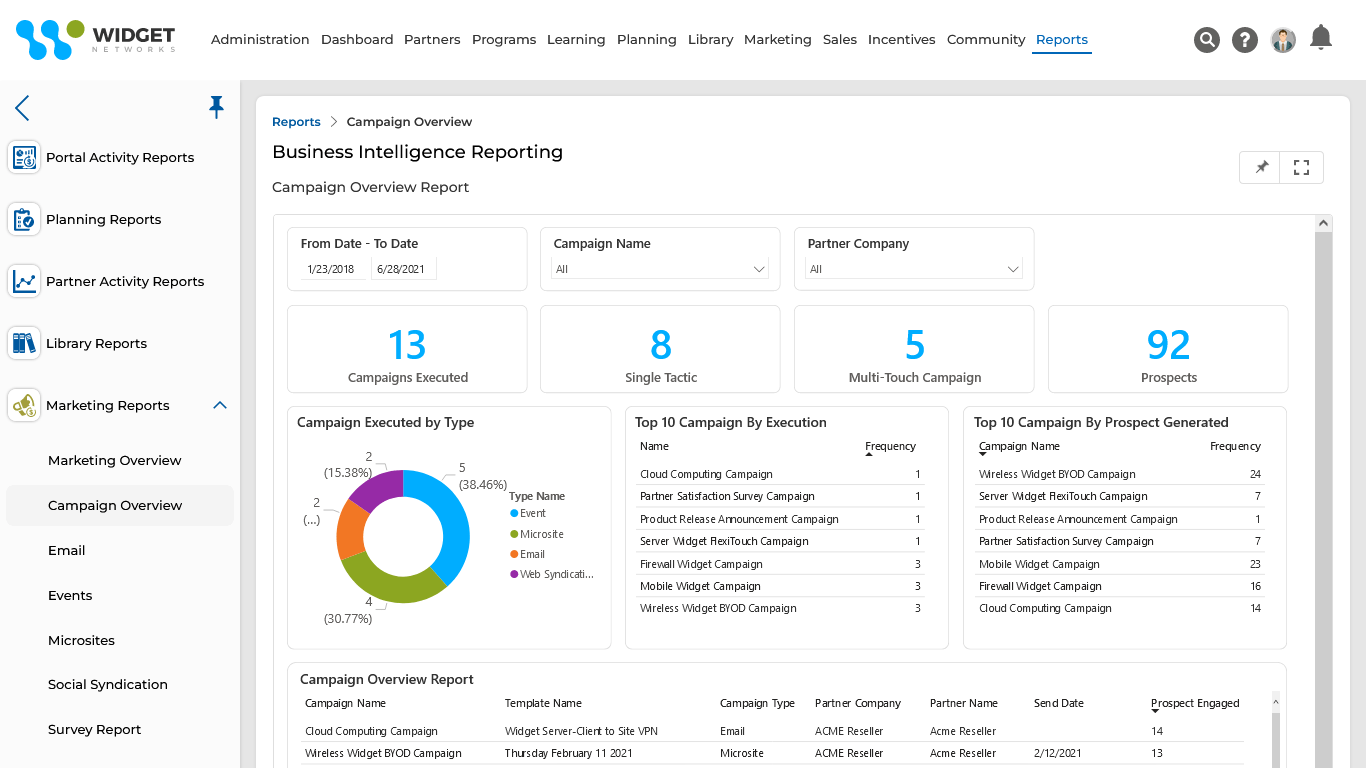
Once the goals and KPIs are defined, organizations can start collecting relevant data to track performance. This data can be gathered from various sources, such as sales reports, partner feedback surveys, customer feedback, and financial records. It is essential to ensure that the data collected is accurate, consistent, and up to date. The analysis involves identifying patterns, trends, and correlations in the data that provide insights into the effectiveness of different partner incentives management initiatives. Organizations can use statistical techniques, data visualization tools, and advanced analytics methods to uncover valuable information. For example, they can analyze correlations between the incentives offered and increases in partner sales, or they might examine the impact of specific incentives on partner engagement and loyalty.
Data-driven insights that identify the most successful initiatives can help organizations allocate resources more strategically – for example, withdrawing resources from underperforming programs or investing more in incentives that have consistently delivered positive results. Data-driven insights can also help organizations refine strategies for maximum impact. They can quickly identify areas for improvement, experiment with new approaches, and continuously iterate on programs – adjusting the incentive structure, for instance, or exploring alternative options to achieve better outcomes.
Scaling Success for Exponential Revenue Growth
Prioritizing the scaling of successful partner programs is a proven way to accelerate revenue growth. This involves identifying and replicating partner initiatives that have demonstrated high performance across the entire partner network. This crucial marketing amplification strategy helps organizations expand their market reach, increase sales, and drive more profitability.
The first step in scaling successful partner programs is to analyze and evaluate existing initiatives. Organizations should assess the performance of different partner programs based on predefined metrics such as sales revenue, customer acquisition, market share, or return on investment and look for insights into what makes some programs more successful.
Once high-performing initiatives are identified, organizations should develop a standardized framework or playbook that outlines the key elements and strategies behind these successful programs. This playbook serves as a guide for other partners to replicate and implement similar initiatives effectively. It should include step-by-step instructions, best practices, and key performance indicators to ensure consistency and alignment with the organization’s goals.
Communication and collaboration with partners play a crucial role in scaling successful programs. Organizations should actively engage with partners to share knowledge, provide training, and offer support in implementing replicated initiatives. Regular communication channels such as webinars, workshops, or partner conferences can facilitate knowledge transfer and foster collaboration.
In addition to sharing the playbook and providing support, organizations should incentivize partners to adopt and scale successful programs. This can be done through various means, such as offering rewards or recognition for partners who demonstrate successful implementation and achieve desired outcomes.
Monitoring and measuring the performance of scaled programs is essential to ensure ongoing success. Organizations should engage in regular reporting and data analysis to track the impact of replicated initiatives across the partner network to inform decision-making, identify any areas that require adjustments or improvements, and provide timely support to partners as needed.
Organizations should also continuously evaluate and refine the scaled programs based on market dynamics and partner feedback. The business landscape constantly evolves, and what works today may need adjustments tomorrow. By staying attuned to market trends, customer preferences, and changing partner needs, organizations can adapt and optimize their scaled programs to drive sustained revenue growth.
Mitigating Costs and Increasing ROI: The Path to Success
The journey toward optimizing partner incentives management is a strategic imperative for organizations aiming to achieve sustainable revenue growth, cultivate fruitful partnerships, and thrive in a dynamic and fiercely competitive business environment. By systematically addressing inefficiencies and optimizing partner incentives management, organizations can achieve better, faster ROI and realize significant cost savings. Streamlining program utilization, aligning objectives, embracing long-tail marketing, promoting partner competency development, and scaling successful initiatives are all proven methods companies can use to unlock the potential of their partner ecosystem.
For more information, please download best practices guidebook.
Best Practices Guidebook
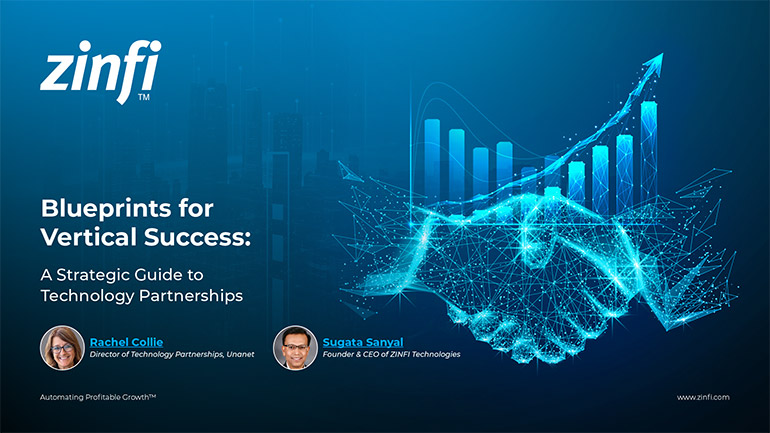 Blueprints for Vertical Success Best Practices
Blueprints for Vertical Success Best PracticesDownload Guide
 The Future of Partner Enablement: From Enablement Gaps to Global Advantage
The Future of Partner Enablement: From Enablement Gaps to Global AdvantageDownload Guide
 Reimagine Sales Development. Build a Smarter Prospecting Engine
Reimagine Sales Development. Build a Smarter Prospecting EngineDownload Guide
 The Zero Trust Imperative: Fortifying Enterprise Security Against AI-Driven Threats
The Zero Trust Imperative: Fortifying Enterprise Security Against AI-Driven ThreatsDownload Guide
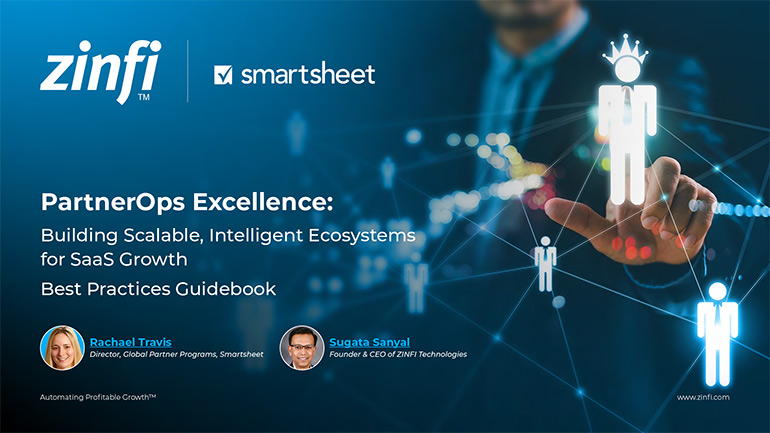 PartnerOps Excellence: The Definitive Guide to Scalable SaaS Ecosystems
PartnerOps Excellence: The Definitive Guide to Scalable SaaS EcosystemsDownload Guide
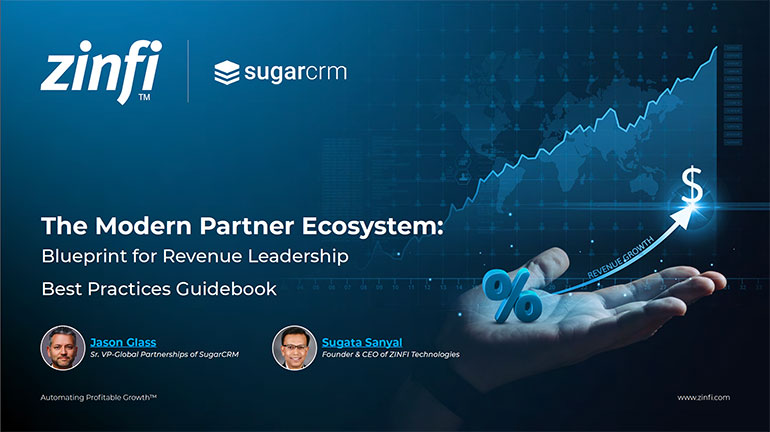 The Modern Partner Ecosystem Best Practices
The Modern Partner Ecosystem Best PracticesDownload Guide
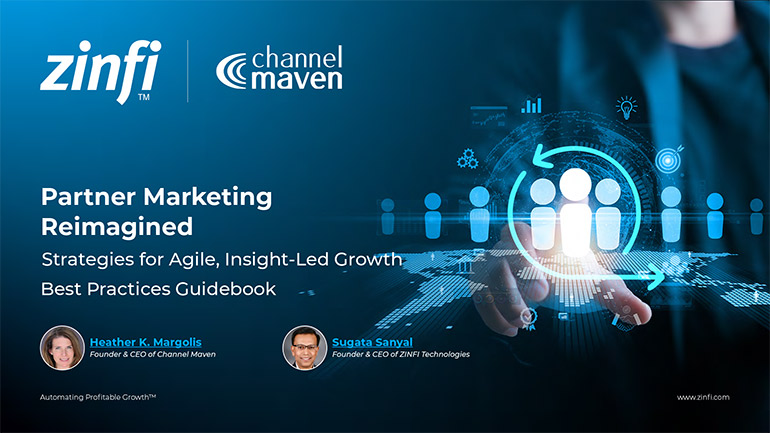 Partner Marketing Reimagined: Strategies for Agile, Insight-Led Growth
Partner Marketing Reimagined: Strategies for Agile, Insight-Led GrowthDownload Guide
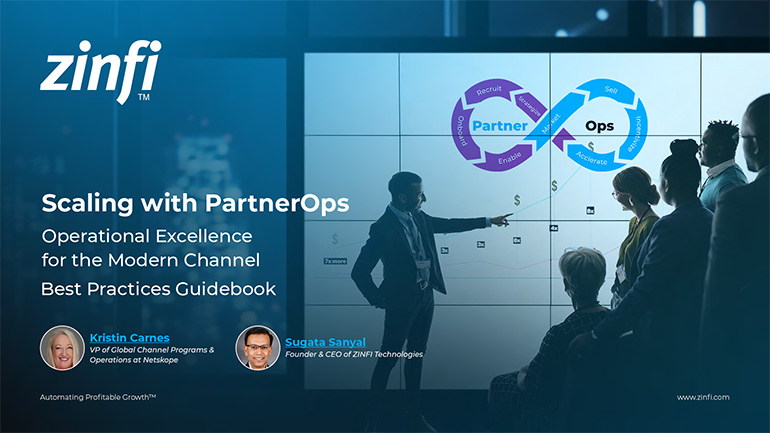 Scaling with PartnerOps Best Pratices
Scaling with PartnerOps Best PraticesDownload Guide
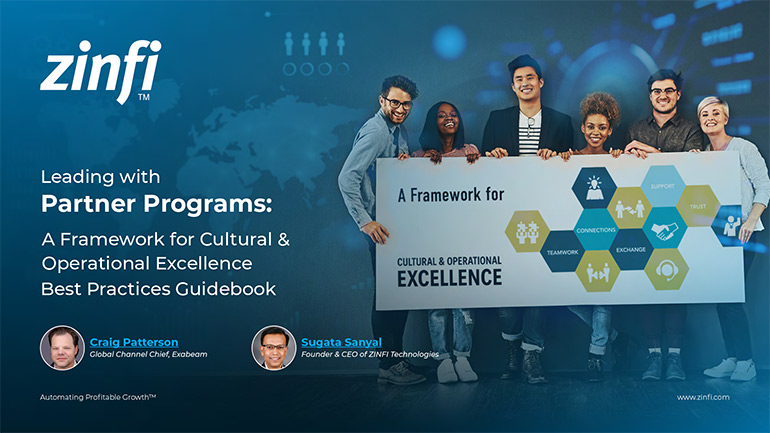 Leading with Partner Programs Best Pratices
Leading with Partner Programs Best PraticesDownload Guide
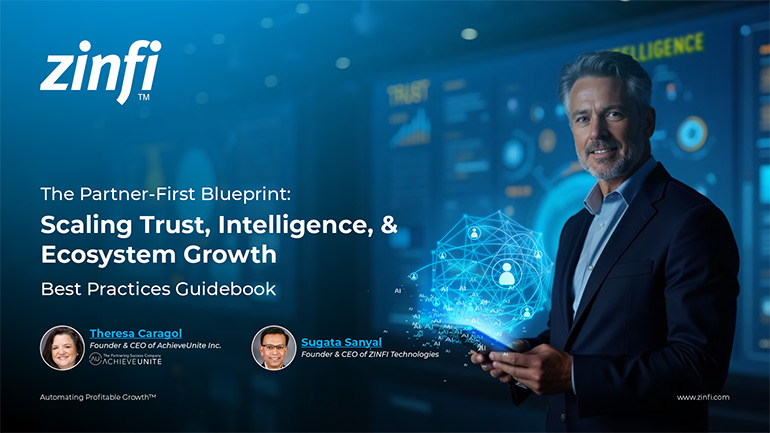 The Partner-First Blueprint: Scaling Trust, Intelligence, and Ecosystem Growth
The Partner-First Blueprint: Scaling Trust, Intelligence, and Ecosystem GrowthDownload Guide
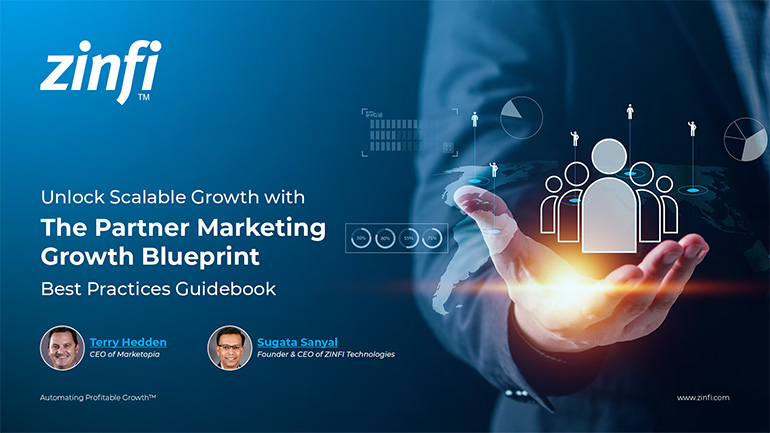 Unlock Scalable Growth with The Partner Marketing Growth Blueprint
Unlock Scalable Growth with The Partner Marketing Growth BlueprintDownload Guide
 From TikTok to LinkedIn: Social Selling Across the Generational Divide
From TikTok to LinkedIn: Social Selling Across the Generational DivideDownload Guide
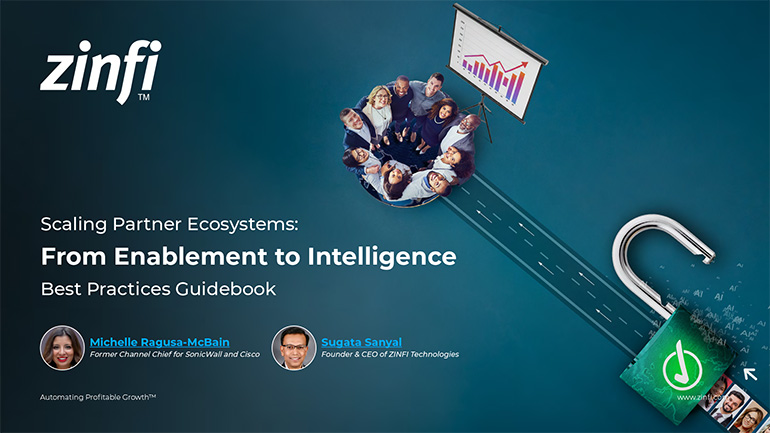 Scaling Partner Ecosystems: From Enablement to Intelligence
Scaling Partner Ecosystems: From Enablement to IntelligenceDownload Guide
 The Ultimate Guide to Partner Marketing Success Best Practices
The Ultimate Guide to Partner Marketing Success Best PracticesDownload Guide
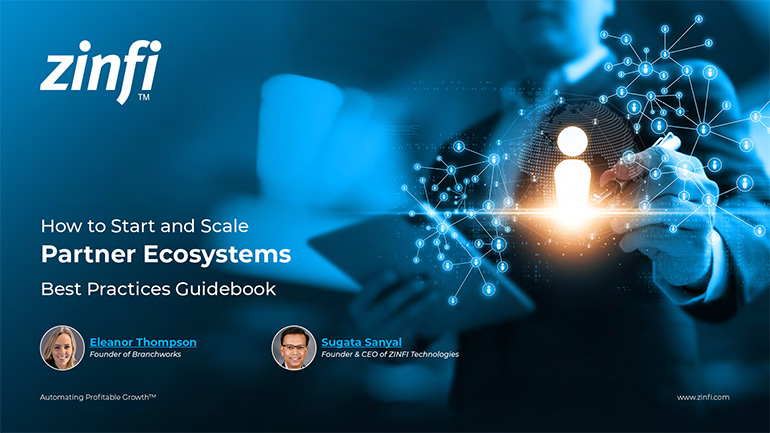 How to Start and Scale Partner Ecosystems Best Practices
How to Start and Scale Partner Ecosystems Best PracticesDownload Guide
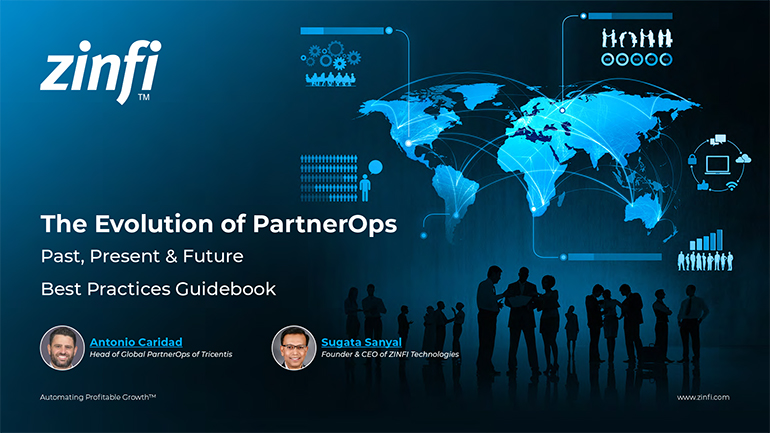 The Evolution of PartnerOps: Past, Present & Future Best Practices
The Evolution of PartnerOps: Past, Present & Future Best PracticesDownload Guide
 Mastering Channel Sales: Strategies, Best Practices, and Growth Tactics for 2025
Mastering Channel Sales: Strategies, Best Practices, and Growth Tactics for 2025Download Guide







